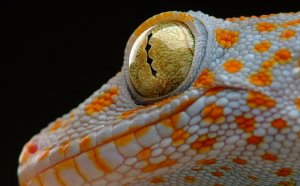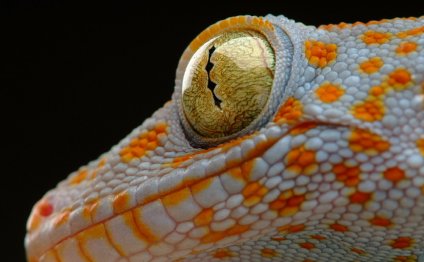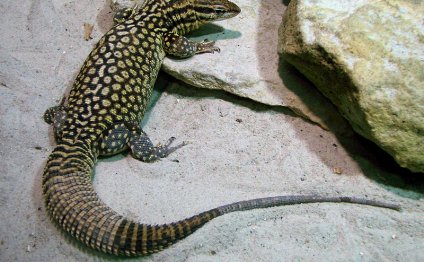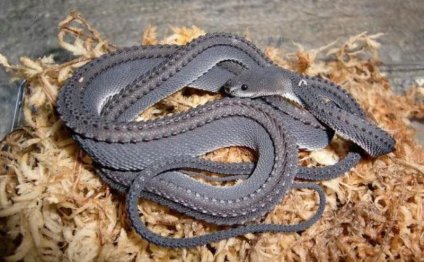
Unusual Reptiles
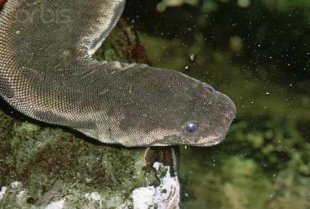 Animals
Animals
There are about 3, 000 species of snakes in the world; since their appearance during the age of dinosaurs they have adapted to many different lifestyles and evolved into many different and often bizarre appearances. I give you ten of the most amazing and unusual snakes in the world.
This weird snake is found mostly in Indonesia, although some close relatives are also found in Australia. It gets its name from its unusual skin, which is wrinkled and baggy, and gives the impression of being several sizes too large for the snake. The scales are also unusual; they are large and knobby, hence the snake’s alternate common name, ”warty snake”. They can grow up to 2.5 meters long. Elephant trunk snakes are completely aquatic, and are practically helpless on land; they can’t slither because they lack the broad scales in the belly that are common to most snakes, and an important aid when moving on land. Elephant trunk snakes feed on fish, including catfish and eels; they lack venom, so they use constriction to kill prey; their big knobby scales are an adaptation to hold slippery fish and constrict them underwater.
Another aquatic snake from southeastern Asia, this is a quite unique species, the last surviving member of its genus. Its most notable feature are the strange fleshy tentacles on its snout. These tentacles are actually highly sensitive mechanosensors, which allow the snake to detect movement in the water and strike at any unfortunate fish that swims nearby. Another interesting trait is the tentacled snake’s incredible attack speed; it takes only 15 milliseconds for the snake to capture its prey. But fish have incredible reflexes and a fast strike is not enough sometimes, so the tentacled snake uses a clever trick to make fish swim towards danger. When the fish approaches, the snake slightly ripples its body towards it. The fish immediately darts in the opposite direction… but this is what the tentacled snake expected, so it angles its head so that the fish swims directly into its waiting jaws. Of all snakes, this is the only one known to anticipate the reaction of its prey and act accordingly. Although the tentacled snake is venomous, it poses no threat to humans. It is rather small, at only 90 cms long.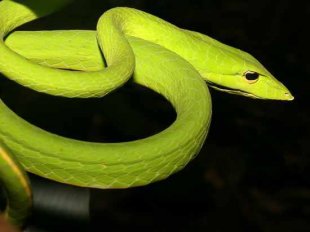 Just like the Elephant trunk snake, it is fully aquatic and can barely move on land. Above you can see the videos (including slow motion) of tentacled snakes tricking and feeding on small fish.
Just like the Elephant trunk snake, it is fully aquatic and can barely move on land. Above you can see the videos (including slow motion) of tentacled snakes tricking and feeding on small fish.
Once again native to southeastern Asia, the long nosed vine snake is a highly advanced arboreal predator; unlike other snakes, it has excellent binocular vision, which allows it to strike at prey with great accuracy. Its eyes are also unusual in having horizontal, keyhole-shaped pupils. Its vine-like body hides the snake from both predators and prey (even the tongue is bright green!) and its light weight allows it to move quickly through the foliage and even reach from one branch to another with half of its body on the air! They feed mostly on lizards and frogs, and although they are venomous, they pose no serious threat to humans; pain and swelling are usually the only symptoms after being bitten by a vine snake, and the symptoms disappear within a few days.
This is easily one of the weirdest reptiles in the world. Just like the Asian vine snake, the Langaha snake (also known as the leaf-nosed snake) is adapted to an arboreal lifestyle and feeds mostly on lizards. Its most interesting trait is, of course, the weird ”horn” or projection on its snout. Both genders have this weird ornament, but males and females look very different from each other; males are yellowish and have smooth skin and a sharp, pointed ”horn”, while females have rough-looking brown scales and a flat, leaf-shaped and serrated horn. This is one of the few cases in which a snake’s gender can be determined easily at first sight. Langaha nasuta snakes are found only in Madagascar’s endangered rain forests. It is venomous and its bite can be extremely painful to humans but not life-threatening.
This is one of the few cases in which a snake’s gender can be determined easily at first sight. Langaha nasuta snakes are found only in Madagascar’s endangered rain forests. It is venomous and its bite can be extremely painful to humans but not life-threatening.
Found in the rain forests of Central Africa, this small but highly venomous viper is noted for its huge eyes and keeled, bristle-like scales which give it an almost feathered appearance (hence one of its common names, ”feathered tree viper”). Atheris vipers grow up to 75 cms long, with males being longer than females (unusual among snakes). Like all vipers, Atheris has long, retractable fangs in the front of its upper jaw; there is no known antidote to its venom, which causes blood clotting difficulties, pain and swelling, and often, death. Fortunately, these vipers usually live far away from human settlements, and therefore Atheris bites are exceedingly rare.
Found in the deserts of Northern Africa and the Middle East, horned vipers are small, usually under 50 cms long. They often have a pair of horns over the eyes, but there are also some individuals that lack them completely, and, therefore, can be easily mistaken for other vipers. They are venomous, but their bite is usually non fatal to humans. When threatened they rub their coils together to produce a warning sound before they strike. The horned viper was formally named ”Cerastes cerastes” in 1768, by Austrian naturalist Nicolaus Laurenti. Cerastes was a mythical Greek monster, a serpent that hid under the sand in the desert and ambushed any passing creature, using its horns as a lure. Ironically, the horned viper itself may have been the real life inspiration for the mythical Cerastes! Indeed, the horned viper hunts by hiding under the sand (leaving only its horns, eyes and nose exposed) and striking at any small animal (mostly rodents and lizards) that comes close. Ancient observers may have exaggerated the snake’s size and dangerousness, giving origin to the Cerastes myth, which Laurenti remembered when naming the horned viper centuries later. The horned viper’s horns, however, are not used as a lure; to date, no one really knows what the horns are used for, or why some horned vipers have them and some don’t.
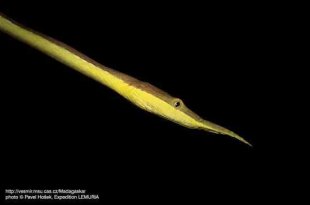
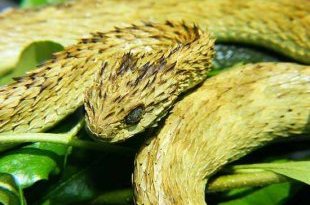
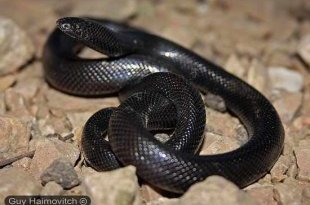
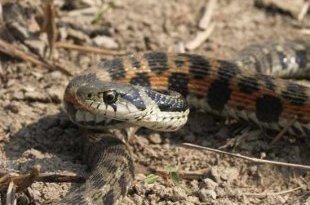
RELATED VIDEO


Share this Post
Related posts
Colorful lizard
A very large species of chameleon that is endemic to forests in eastern and northern Madagascar. They reach up to 68 cm (27…
Read MorePet frogs for sale
Choose your dart frog Browse through our huge collection of captive bred dart frogs of all kinds and select one that you…
Read More